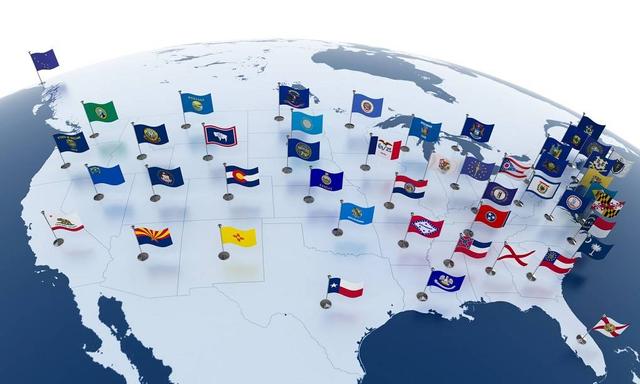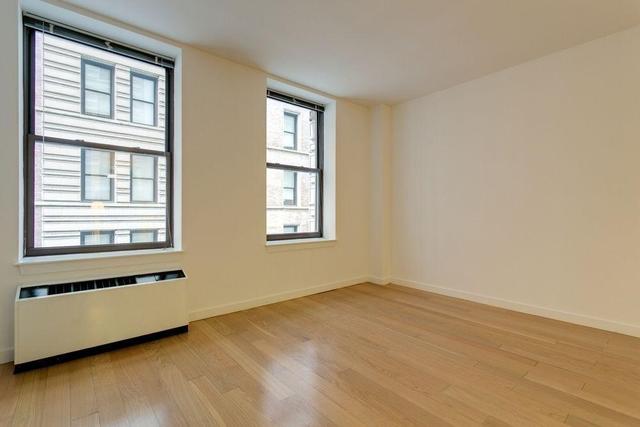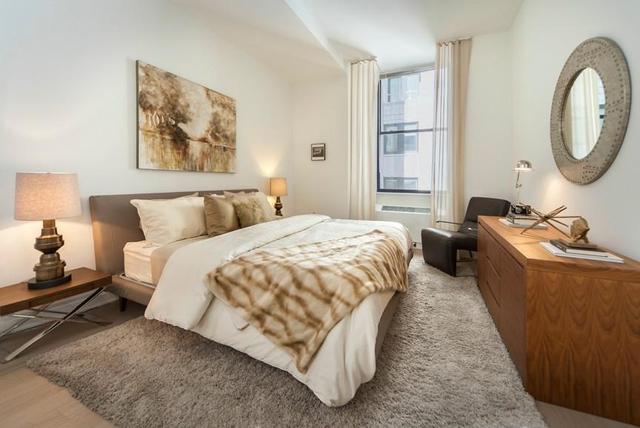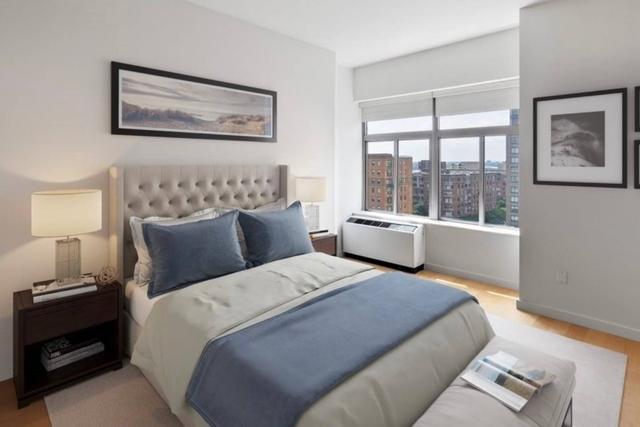
The Ultimate Guide to FHA 203(b) Loans: Everything You Need to Know
By: ROS Team
The world of home financing can be complex, with various loan programs and options available to prospective homebuyers. One such program that holds great potential for many individuals and families is the FHA 203b loan.
Understanding the mortgage loan program and its benefits might help you make informed decisions about purchasing your dream home.
In this detailed guide, we will delve into the intricacies of FHA 203(b) loans, providing you with all you need to know to confidently navigate the process.
What is an FHA 203(b) Loan?
The FHA 203b loan is a common mortgage option for those buying or refinancing their first home, whether it’s a single-family house or a small multifamily building.
These loans are backed by the Federal Housing Administration (FHA) and have low down payment requirements.
Unlike conventional loans, FHA 203(b) loans are insured by the FHA, which protects lenders from losses if borrowers fail to make loan payments.
This insurance encourages lenders to issue loans to customers who might not qualify for conventional financing due to a lack of credit history or a lower income.
FHA 203b Loan Requirements
To be eligible for an FHA 203(b) loan, borrowers need to meet certain criteria. Here are the key eligibility requirements:

1. Credit Scores:
FHA 203(b) loans have relatively flexible credit score requirements. Borrowers with a credit score as low as 500 may be eligible for the loan, but some lenders prefer a minimum credit score of 580, especially for borrowers aiming for the lowest down payment option.
2. Down Payment:
The down payment requirement for an FHA 203(b) loan depends on the borrower’s credit score. If the credit score is 580 or higher, the minimum down payment is 3.5% of the home value. For credit scores between 500 and 579, a down payment of 10% of the home value is required.
3. Employment and Income:
Proof of two years of continuous employment is typically required for FHA 203(b) loan eligibility. There is no specific income requirement, but lenders will assess the borrower’s income to ensure it is sufficient to cover the mortgage payments.
4. Home Appraisal and Inspection:
The home being purchased must undergo an FHA-approved appraisal to determine its value and ensure it meets minimum property standards.
Furthermore, the Department of Housing and Urban Development (HUD) recommends obtaining a home inspection to understand the condition of the house thoroughly.
5. Mortgage Insurance Premiums (MIP):
FHA 203b loans require borrowers to pay mortgage insurance premiums. This includes an upfront MIP payment of 1.75% of the loan amount at closing.
Additionally, borrowers will pay annual MIP fees ranging from 0.45% to 1.05% of the loan amount, which is included in the monthly mortgage payment.
To remove MIP, borrowers typically need to refinance to a conventional mortgage after paying off a significant portion of the loan balance.
6. Completion of Required Repairs:
If the FHA-approved appraiser identifies necessary repairs or improvements for the home, borrowers must complete them within 120 days of closing.
Advantages of FHA 203(b) Loans
FHA 203b loans offer several advantages that make them an appealing choice for many homebuyers. Here are some of the key benefits:
1. Low Down Payment Requirements:
FHA 203(b) loans have a low down payment requirement of as little as 3.5% of the purchase price or appraised value of the home, whichever is lower. This makes homeownership more attainable, especially for first-time buyers or those with limited savings.
2. Flexible Credit Requirements:
FHA 203b loans are more lenient when it comes to credit scores compared to conventional loans. Borrowers with less-than-perfect credit or limited credit history may still qualify for an FHA 203(b) loan, making homeownership accessible to a broader range of individuals.
3. Fixed Rate Mortgage Options:
FHA 203(b) loans offer fixed interest rates, providing borrowers with stability and predictability in their monthly mortgage payments. This can help with budgeting and long-term financial planning.
4. Ability to Finance Repairs and Renovations:
Through the FHA 203(k) program, borrowers can finance eligible home repairs and renovations along with the purchase or refinance of their home. This feature is particularly beneficial for buyers looking to purchase a property in need of repairs or homeowners seeking to renovate their current residence.
5. Mortgage Insurance:
While mortgage insurance is required for FHA 203(b) loans, it allows borrowers to secure financing with a lower down payment and more flexible credit requirements. The insurance premiums protect the lender in case of default and help borrowers access affordable home financing.
6. Accessible Loan Limits:
FHA 203(b) loans have loan limits set by the FHA, which vary by location. These limits take into account the cost of housing in different areas, ensuring that borrowers can access FHA financing even in higher-priced markets.
7. Assumable Loans:
FHA 203(b) loans are assumable, which means that when you sell your home, the buyer may be able to take over your existing FHA loan. This feature can be attractive to potential buyers and may make your home more marketable.
FHA 203(b) Loan Application Process
The application process for an FHA 203b loan involves several steps. Here is a general overview of what to expect:

Preparing to apply for the loan:
- Review your Financial Situation: Assess your income, expenses, and credit history to determine if you meet the basic eligibility requirements for an FHA 203(b) loan.
- Gather Necessary Documents: Collect documents such as proof of income, employment history, bank statements, tax returns, and identification to support your loan application.
Finding an Approved FHA Lender:
- Research FHA Approved Lenders: Identify lenders in your area that offer FHA 203(b) loans. Consider factors such as their reputation, customer reviews, interest rates, and fees.
- Contact Potential Lenders: Reach out to lenders and inquire about their FHA loan programs. Ask about their application process, required documents, and any specific requirements they may have.
Loan Application Review and Approval Process:
- Complete the Loan Application: Fill out the lender’s loan application form accurately and provide all requested information.
- Provide Supporting Documentation: Submit the necessary documents to the lender, such as income verification, bank statements, and tax returns. Ensure all documents are complete and up to date.
- Underwriting and Verification: The lender will review your application and documentation. They may also verify the information provided, such as contacting your employer or requesting additional documentation.
- Property Appraisal: The lender will order an appraisal of the property you intend to purchase or refinance to determine its value and ensure it meets FHA requirements.
- Loan Decision: Once the underwriting process is complete, the lender will inform you of their loan decision. If approved, they will provide you with a loan commitment letter outlining the terms and conditions of the loan.
Closing the Loan:
- Secure Homeowner’s Insurance: Obtain homeowner’s insurance coverage for the property.
- Review Loan Terms: Carefully review the loan commitment letter, including the interest rate, loan amount, repayment terms, and any applicable fees.
- Schedule the Closing: Work with the lender, the seller (if applicable), and the closing agent to schedule a date for the loan closing.
- Attend the Closing: Sign the necessary documents and pay any closing costs or down payment required.
- Loan Funding: After the closing, the lender will fund the loan, and the property will officially be yours.
FHA 203(b) Loan Limits
Loan limits for FHA 203b loans vary depending on the location of the property. However, as of 2022, the loan limits for one-unit properties can be categorized into two levels: the “floor” and the “ceiling” limits.
The “floor” limit represents the minimum loan amount that applies to areas where the housing costs are relatively lower. As of 2022, the FHA floor limit for one-unit properties is set at $420,680. This means that borrowers in areas with housing costs at or below this limit can access FHA 203(b) loans up to this amount.
On the other hand, the “ceiling” limit represents the maximum loan amount that applies to areas with higher housing costs. As of 2022, the FHA ceiling limit for one-unit properties is set at $970,800. Borrowers in areas with housing costs that exceed the floor limit but are still below the ceiling limit can access FHA 203(b) loans up to this maximum amount.
FAQs
What Does The FHA 203b Loan Program Require?
The FHA 203(b) loan program requires a minimum credit score, a down payment of either 3.5% or 10% based on the credit score range, proof of employment, an FHA-approved appraisal and home inspection, payment of mortgage insurance premiums (MIP), and completion of any required repairs within 120 days.
What Does FHA Section 203 B Mortgage Insurance Cover?
FHA Section 203(b) mortgage insurance covers lenders against the risk of borrower default. It does not directly cover the borrower.
The insurance provides protection to lenders in case the borrower fails to repay the loan, allowing lenders to offer more favorable terms such as lower down payments and more flexible credit requirements.
What Is The Difference Between FHA 203(b) And FHA 203(k)?
FHA 203(b) loans are used for purchasing or refinancing a primary residence and require the property to be in a livable condition at the time of purchase.
These loans offer set interest rates and allow for repairs and renovations up to $5,000 or 10% of the property’s worth, whichever is less.
FHA 203(k) loans, on the other hand, are specifically designed for purchasing or refinancing properties that require significant repairs or renovations. These loans provide funds for both the purchase price and the cost of repairs or improvements.
They have variable interest rates and allow borrowers to finance major renovations, structural repairs, and even additions to the property.
What Kind Of Property Could A Buyer Purchase With An FHA 203(b) Loan?
With an FHA 203(b) loan, buyers can purchase a range of property types, including single-family homes, townhouses, condominiums, and some multi-unit properties (up to four units).
203b FHA Loan: Final Thoughts
FHA 203(b) loans offer a valuable financing option for individuals and families looking to purchase or refinance a home. With flexible credit requirements, low down payment options, and the ability to finance minor repairs, these loans make homeownership more accessible.
Related Article:
FHA Loan Requirements For Second Homes
FHA One-Time Close Construction Loans








